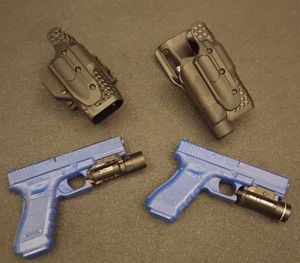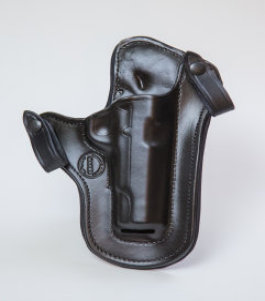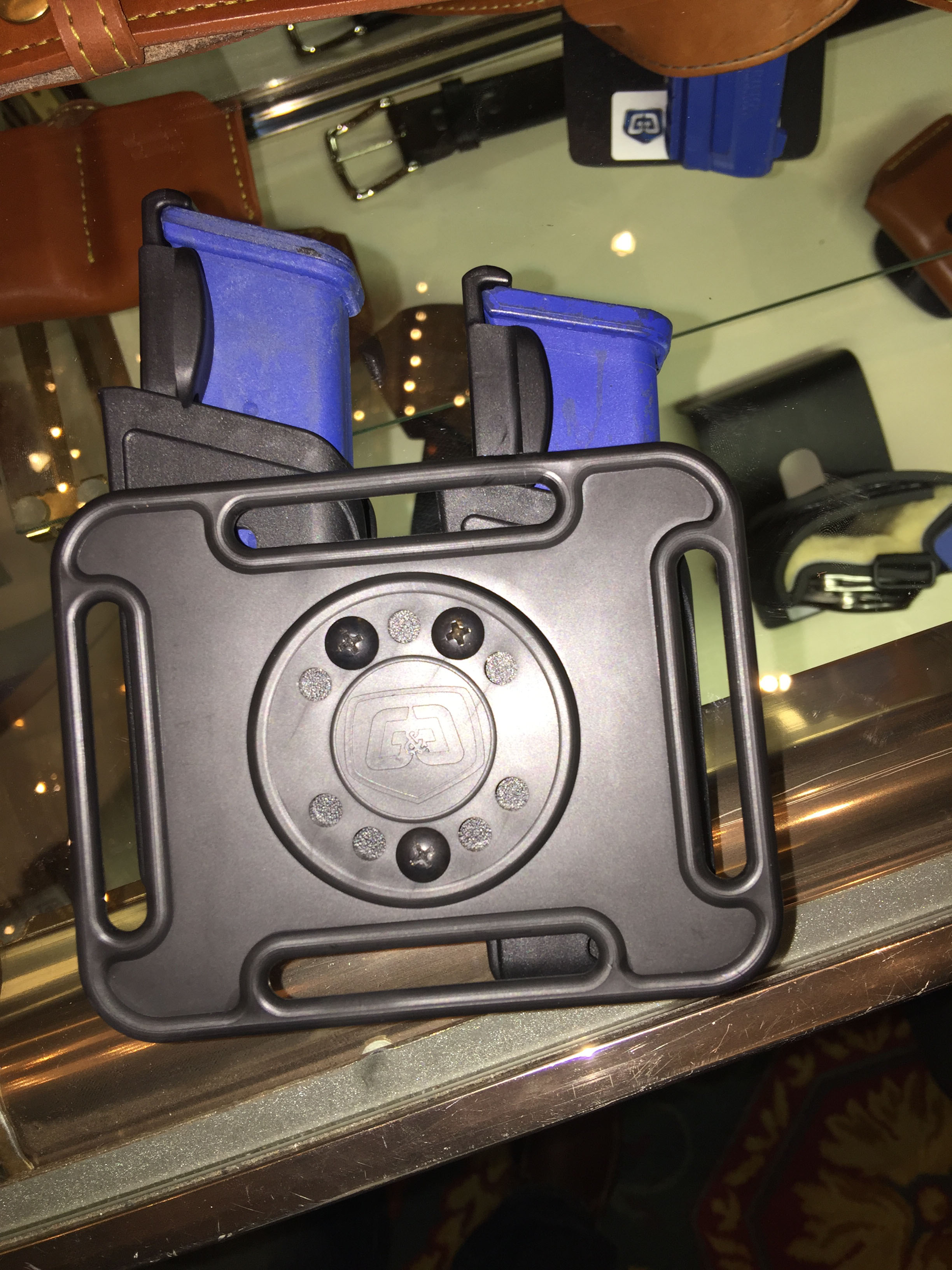
The gun doesn’t have to be dry fired for disassembly. The process resembles Walther PP or the Soviet PM more than it does the disassembly of most locked breech pistols. To field strip the K100 or the XCalibur, point in a safe direction, drop the magazine, rack the slide to ensure it’s clear, then hold down the disassembly notches by the dust cover, pull the slide all the way back and then lift it. Another major advantage of this design is the fully supported barrel, possibly by the elimination of the unnecessary feed ramp.ĭisassembly of this pistol is as unorthodox as the internals. Since the K100 did away with the intermediate locking block of the Beretta Cougar, the pistol sports an impressively low bore axis, a help with both muzzle flip control and accurate pointing of the gun. The longslide XCalibur felt recoil is closer to the PMR30 in 22 Magnum than to other centerfire pistols. A mid-size Grand Power chambered for 10mm proved more accurate than a Glock 41 longslide in the same caliber and with lower felt recoil despite lighter weight and smaller size. That and the generally non-impact nature of the lockup give the pistol very low felt recoil and muzzle flip.

#XCALIBUR HOLSTER FULL#
The full firing cycle time is about 1.25ms, substantially slower than the 0.8-0.9ms typical of Glocks and other tilt-barrel systems. Partway through the recoil, the rearward travel of the barrel stops, allowing the extraction and the ejection to proceed. Although the frame appears to be plastic, the grip and dust cover mold conceals a solid steel subassembly within. 22 and 380ACP (both blowback, but with common interface), 9x19, 40S&W, 45ACP and 10mm Auto.Ī short recoil design, the K100 used a precision-milled raceway on the outside of the barrel to interact with a roller pin embedded in the frame.

Eagle Imports offers the GP100 family in. Originally imported to the US by STI as GP6, it didn’t really fit their lineup and was eventually passed to Eagle Imports. With the availability of computer-aided design and greater accumulated knowledge, successful rotary pistols like Boberg-designed Bond Derringer and Jaroslav Kuracina’s Grand Power K100 became possible. With wear, such designs also lost accuracy. Rotating breech pistols from Steyr and, later, Beretta were generally bulky and known for jamming when even moderately dirty. Rotating barrel lockup goes back to the early 20th century, but it failed to gain the popularity of Browning’s tilting lockup. A conventional DA/SA 9mm on the outside, the K100, and the wide family of variants it spawned in every size and caliber, is actually a very unusual design with a rotating barrel. Grand Power XCalibur, distributed in the US by Eagle Imports, is a fancy longslide evolution of the humble but capable K100, the Slovak army pistol.ĭesigned in Slovakia in the mid-1990s, the K100 pistol was eventually adopted there as a military sidearm. 22 bullseye gun next to everyone else’s less tame sidearms. The secret advantage was the utter absence of recoil and muzzle rise, making my 9mm pistol feel like a. We also found that shooting the XCalibur, even with iron sights, was enough to give one of the top spots to a mediocre and slow shooter like me. Turned out that running a green laser is as good as winning when the opponents have to use conventional sights. As I said, the competition was very informal, and all restrictions on what could be fired were lifted for the evening. Half-way through the shoot, we swapped guns just to keep it interesting.


He shot a compact XD with a laser I used the XCalibur with iron sights-pretty much everyone else ran their standard competition pistols. Finding myself at an informal club shoot with a new-to-me Grand Power XCalibur 9mm, I decided to shoot falling plates with it just to keep D.J. I seldom shoot in competitions and never took an interest in sporting pistols. Grand Power XCalibur 9mm: An Excellent Fit


 0 kommentar(er)
0 kommentar(er)
